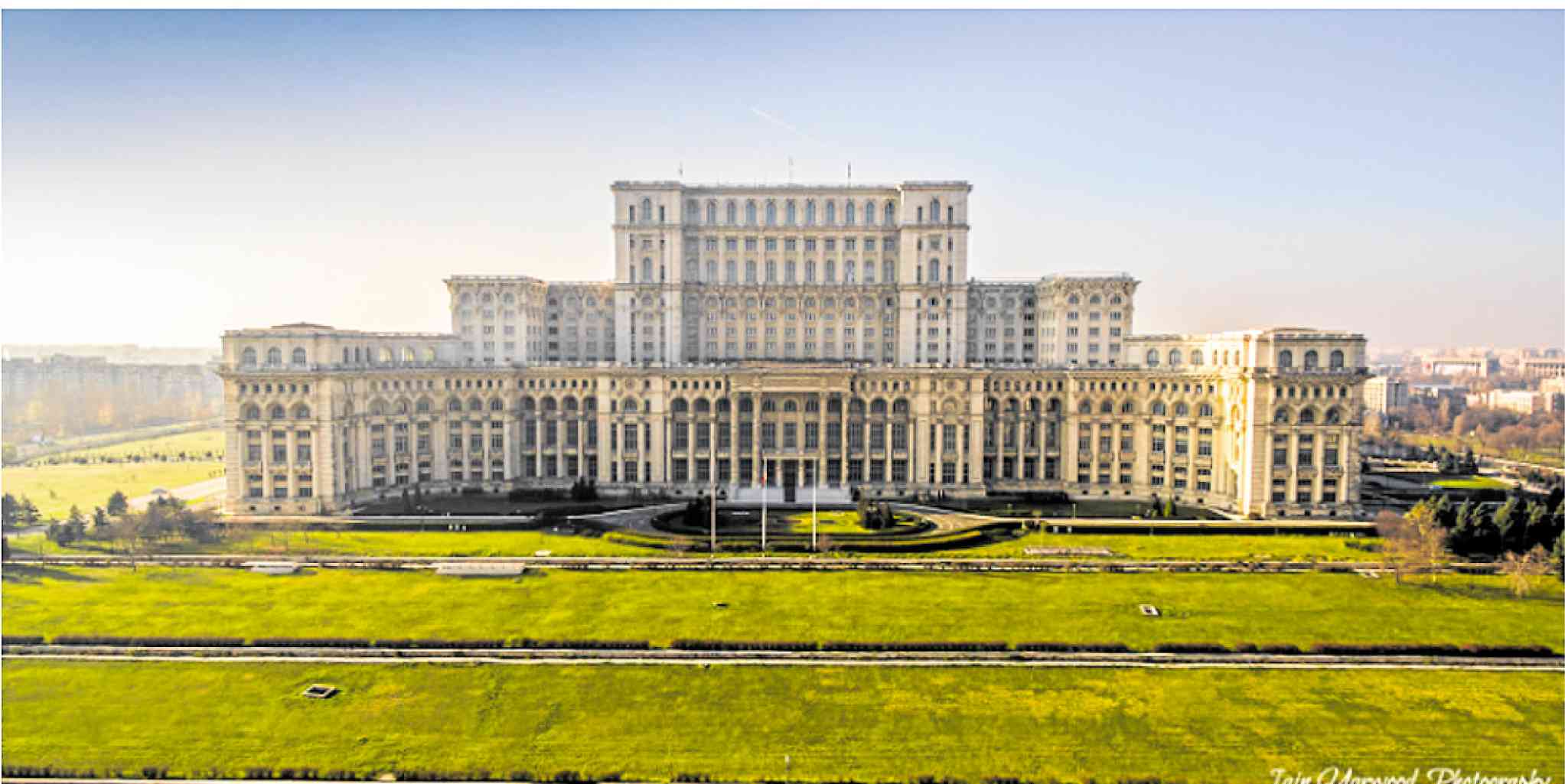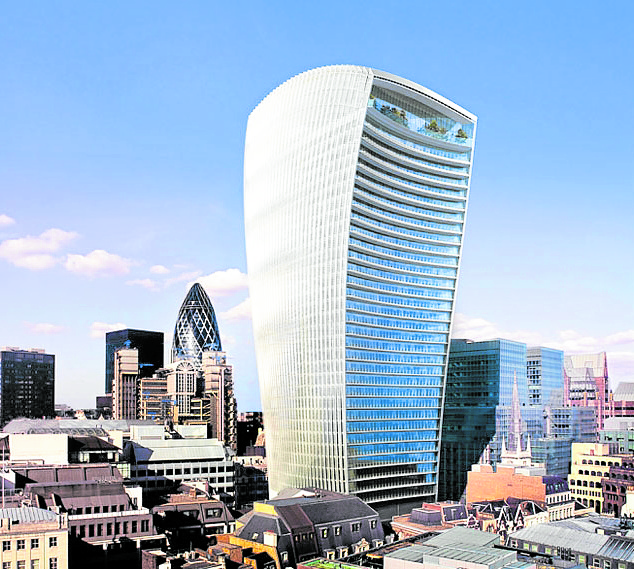World’s controversial structures
The supposed beautification of Manila Bay has stirred controversy after it was bared to the pandemic-weary public that this P389-million project involved pouring along the bay some “white sand” made of dolomite—a mineral that is potentially hazardous to human health and the environment. What was supposed to be a rehabilitation initiative in response to a 2016 Supreme Court order to clean up Manila Bay has, unfortunately, backfired.
Such controversial projects, however, are not uncommon. Elsewhere in the world, there are structures that were similarly placed under intense scrutiny due to varying reasons including extravagance, poor design and the kind of construction materials used for the project, among others.
Palace of Parliament in Romania
Built under the dictatorship of Nicolae Ceausescu, the Palace of Parliament, considered the most controversial building in the history of Romania, is the third largest building by volume in the world. Toiled by some 100,000 laborers working in three 24-hour shifts per day, the massive 6,000-room building is made of 353,146 tons of marble, 3,500 tons of crystal, 318,000 tons of rich wood, 700,000 tons of steel, 2 million tons of sand, 550,000 tons of cement, 71,000 tons of glass, 2,800 chandeliers, 220,000 sqm of carpets and 3,500 sqm of leather.
But Ceausescu never saw his dream building completed. Its construction started in the early 1980s and was only 60 percent completed at the time of the revolution, which toppled the regime and eventually led to his execution in 1989.
A Romanian professor had said that the details, including the cost, remained a “largely uncharted territory” because its construction started as a state secret. Rumor has it that it has seven underground levels and an anti-atomic bunker. Although it currently houses government institutions, the building reportedly costs some $6 million a year in maintenance alone.
20 Fenchurch Street in London
Its notoriety peaked even before it was completed. In 2013, the reflective glass of a 38-story skyscraper called 20 Fenchurch Street in central London reportedly caused cars to melt, including a Jaguar. This bizarre incident was blamed on the tower’s poor concave design, which reflected sunlight directly on the street below.
Since it opened in 2015, this $250-million building, designed by renowned Uruguayan architect Rafael Viñoly, has been named the ugliest British building and was dubbed as the city’s “Walkie Talkie.” It also boasted of a sky garden that was designed by an award-winning landscape firm, Gillespies. The sky garden, however, was also criticized for not living up to its promise as it ended looking like a mere airport terminal.
Antilia Residential Tower in Mumbai
Holding the record as the world’s most expensive private residence, the Antilia Tower in Mumbai, India, is a cantilevered sheath of steel and glass soaring 27 floors high. The billion-dollar home, owned by India’s richest man Mukesh Ambani, was built with different marbles, stones and exotic woods, and houses bespoke furniture and fittings on every floor. This lavish home, however, was met with controversy since its construction started, as it rises in stark contrast beside a slum area.
Completed in 2010, Antilia has 600 staff members maintaining the building’s total living floor area of 400,000 square feet, 168 parking spaces, three helipads, several swimming pools, a health spa, a theater and other rooms. Each floor features a theme-specific set of rare and opulent materials sourced by the family from around the world. The tower, which was designed by American architecture firm Perkins and Will, received both astonishment and criticism for its display of excessive wealth beside poverty-stricken areas.
Ryugyong Hotel in North Korea
Dubbed as the “Hotel of Doom,” North Korea’s Ryugyong Hotel is a pyramid-shaped skyscraper that has stood empty since it broke ground in 1987. The structure, infamous for being the world’s tallest unoccupied building, was slated to open two years since its construction started but it faced construction delays due to alleged bankruptcy. It was eventually completed but this 105-story hotel remains closed. It is also still unclear if the building, which is made of glass and concrete, is structurally stable.
Today, this 1,083-foot hotel has been fitted with LED lights that can turn into a colorful display at night. It has three wings rising at a 75-degree angle with several floors arranged in rings that were supposed to hold several revolving restaurants and an observation deck. The enormous hotel continues to be a source of fascination and contempt from around the world.
Sources: Inquirer Archives, Cic.cdep.ro, Rri.ro, Cnn.com, Businessinsider.com, London.gov.uk, Apnews.com, Reuters.com, Guinnessworldrecords.com



